Palladium use
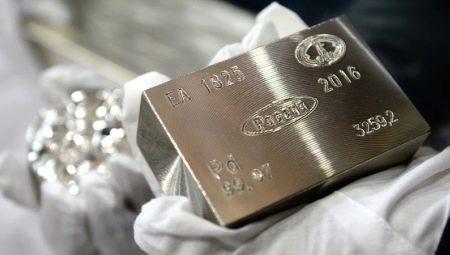
Palladium is a light precious metal of the platinum group, discovered at the beginning of the 19th century by the English scientist William Wollaston. The unique properties of this noble metal have led to its use in various spheres of human activity - in manufacturing, electronics, medicine, jewelry. The article will discuss where palladium is still used, what is made of it, what it is needed for.
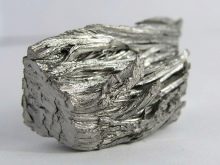
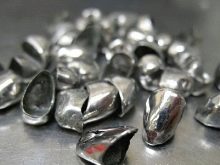
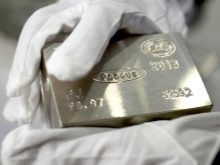
Jewelry making
Jewelry is one of the main applications for palladium. This exquisite metal has a striking silver color that does not tarnish or change over time. Despite the natural plasticity of palladium, its alloys are fairly strong, corrosion-resistant and biologically inert materials. Pure palladium is not used to create jewelry. It is quite pliable and soft, which negatively affects the strength of the products and their resistance to mechanical and thermal stress.
In the manufacture of jewelry, strong and durable alloys of palladium and other metals are used - ruthenium, nickel, silver, copper, gold... The most common alloys in jewelry are palladium, silver and nickel alloys (fineness 500 and 850), as well as alloys with copper (fineness 850). The addition of nickel gives the alloy hardness and strength, while silver increases its ductility and ductility.
The addition of copper makes the palladium alloy harder, but at the same time does not reduce its ductility and ductility.
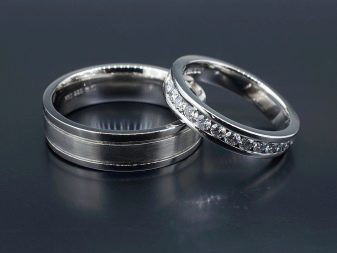
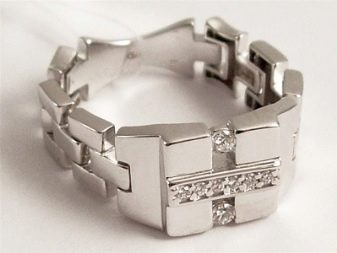
In foreign countries, 950 palladium alloys are used for the manufacture of jewelry. The content of the noble metal in these alloys is 95%. In alloys with a fineness of 500 and 850, the palladium content is usually 44.5-50% and 85%, respectively. The highest palladium content in the product is evidenced by the 999 assay.
Alloy of gold with palladium - Another popular noble material used by jewelry craftsmen. This alloy is better known as "white gold" because it has a pronounced silvery-white shade with a characteristic metallic luster.
It should be noted that the combination of even a small amount of palladium with gold makes it possible to obtain an alloy that is not yellow, but white.

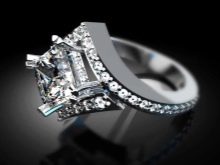

The lightness, ductility, pliability and malleability of palladium alloys make it possible to create graceful, thin and voluminous jewelry with very little weight. These drag alloys are used by jewelers to make all kinds of jewelry for men and women - earrings, pendants, rings, rings, pendants, bracelets. Palladium chains with intricate openwork weaving look very impressive.
Jewelers claim that the cold and noble luster of palladium alloys is the best way to highlight the shine and crystal clarity of genuine diamonds.
To enhance the metallic luster of white gold items, their surface is plated with rhodium. For inlay jewelry made of white gold, not only diamonds are used, but also many other precious and semi-precious stones - sapphires, rubies, amethysts, onyx, emeralds.
Look original products from palladium alloys, decorated with unusual enamel inserts. Jewelry made of palladium alloys does not cause allergies, does not leave dark marks on the skin, does not lose its bright shine and presentable appearance over time, does not scratch or deform. At the same time, the natural pliability of the described metal makes it possible, if necessary, to easily adjust the size and thickness of the products.
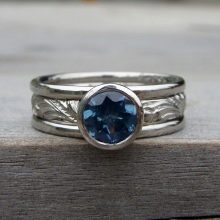
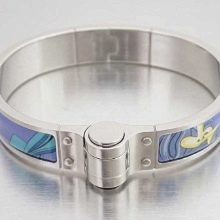
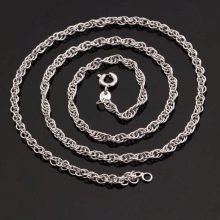
Industrial applications
Significant share of palladium mined in developed countries, used in mechanical engineering. This strong and lightweight metal is used in the manufacture of automotive catalysts. As a functional part of the exhaust system of a car, catalysts neutralize volatile toxic waste that is formed during the afterburning of exhaust gases.
Used palladium and in the chemical industry, where it is used as a catalyst in the processing of petroleum and petroleum fractions. With the help of catalytic cracking of oil, in which this metal is used, high-quality gasoline and gas oil are obtained - a product necessary for the preparation of fuels and lubricants, diesel, boiler and marine fuel.
Palladium catalysts are used in the hydrogenation of vegetable oils - a complex chemical process during which trans fatty acid isomers (trans fats) are formed. They are a special group of artificial unsaturated fats that are widely used in the food industry. Pure palladium and its alloys are actively used in hydrogen power engineering. Membranes made of this metal allow atoms and isotopes of hydrogen to pass through themselves, contributing to its deep purification.
Scientists are considering purified hydrogen as an alternative form of environmentally friendly, economical and highly efficient fuel in the future.

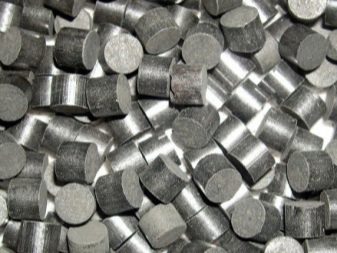
In the glass industry this noble metal and its alloys are used in the manufacture of glass melting equipment and spinnerets. And also industrial crucibles are made from it - special containers for melting, roasting, heating or burning various materials.
It should be noted that the melting point of palladium is about 1554 ° C.
For this reason, industrial glass melting crucibles made of palladium alloys are capable of withstanding very high temperatures (up to 1500-1600 ° C.) And they are also characterized by high impact resistance and resistance to aggressive chemicals. The surfaces of such crucibles do not react with the material to be processed during heating.
Other manufacturing industries that use palladium-based parts and components:
- Atomic industry;
- food industry;
- mining;
- metallurgy.
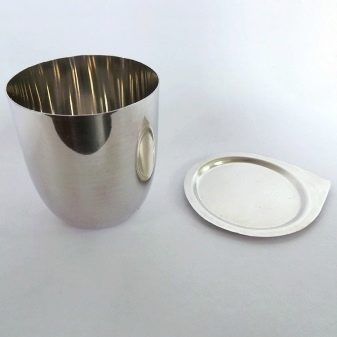
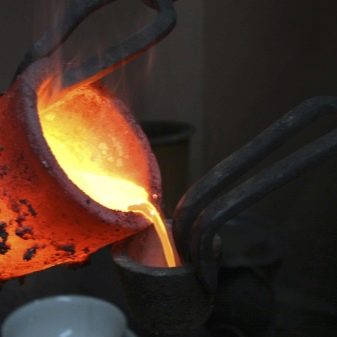
Use in electronics
Palladium is used in the manufacture of various electronic and radio engineering parts - capacitors, reochords, resistors, printed circuit boards. Electrical contacts are coated with this metal and alloys based on it, requiring protection from corrosion, dust, and mechanical stress. Palladium-plated contact parts are non-sparking and withstand voltage fluctuations.
Electronic parts and components, in the manufacture of which palladium is used, are used in aerospace and military equipment, video, television and radio equipment, in telephones, computers, computing devices, high-precision measuring instruments.
In the manufacture of modern technology, computers, mobile phones and other electronic devices, palladium and its alloys are used in insignificant quantities (due to the high cost of the metal).


Life and medicine
The described metal and alloys based on it in Soviet times were used for manufacturing of parts for various household appliances and devices - radios, tube TVs, video recorders, calculators. In modern household appliances, such parts are not used - they are successfully replaced by analogues made of cheaper and no less durable materials.
In the medical field, palladium and its alloys used primarily for the manufacture of surgical instruments and high-precision equipment. This durable metal is used to create functional parts for pacemakers and electrocardiographs, sterilizers, thermostats, defibrillators, portable gas analyzers, and electronic scales.
Palladium alloys are used for making frameworks of durable metal-ceramic dentures. The durability, strength and reliability of such dental structures is due to the high corrosion resistance, chemical and biological inertness of the metal used.
Palladium alloys are used in the manufacture laboratory and medical instruments and auxiliary equipment. Thermal stability of this metal, chemical inertness and non-susceptibility to corrosion make it possible to use it for the manufacture of parts for distillation apparatus, laboratory pumps, dental and surgical instruments. Palladium 103 is an artificial isotope used in oncology to treat malignant tumors.
During contact radiation therapy, this radioactive isotope is injected into the affected organ, from where it subsequently acts directly on the tumor focus and cancer cells concentrated in it.
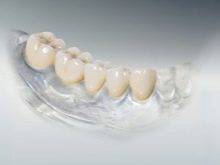
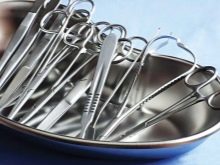
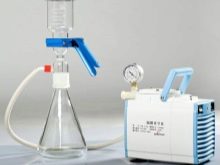
other methods
Palladium has found use in coinage... Out of him souvenir and collectible coins are produced, issued in strictly limited quantities. It is noteworthy that most often the real value of such coins significantly exceeds the nominal value (indicated on the obverse or reverse).
In some countries, this precious metal is used as an investment object. To make a profit, the owner must open a special OMS bank account (an impersonal metal account), on which interest income or income received as a result of an increase in the value of the described metal on the world market will be accrued.
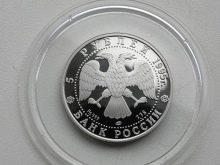
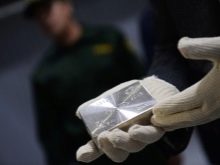

In the next video, you'll see a partial demonstration of palladium refining.








